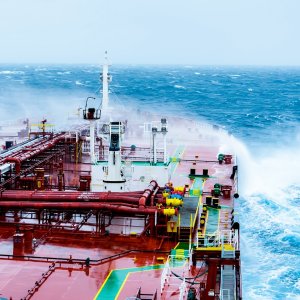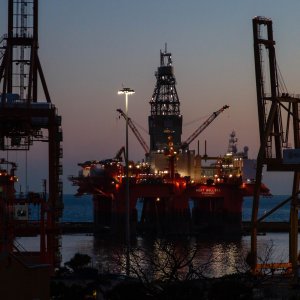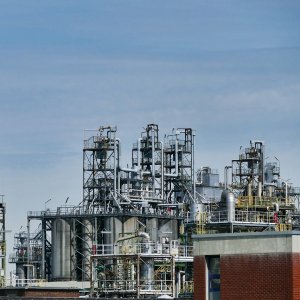Breaking Records in Oil Recovery
Norway’s deepwaters present some of the toughest challenges to production on the globe. This characteristic has led the country to become a hotbed for the development of new subsea technology and serve as a closely-monitored area by the global oil and gas industry. One of the latest breakthrough technological developments can be attributed to Statoil, which, in September 2015, and after ten years of work, announced it had created and installed the world’s first subsea gas compression facility for the Åsgard field in the Norwegian Sea. This field is emblematic of Norway’s oil production environment, as it ranks among the largest developments on the Norwegian continental shelf, but its production rates are dropping due to a decrease in the field’s natural pressure. Traditionally, the compressors needed to improve recovery are located on platforms, but the closer the reservoir is to the compression station, the more hydrocarbons can be recovered. Statoil’s new technology follows this model and represents a quantum leap for oil recovery and will shape the entire industry’s future, as it provides various advantages in comparison to conventional upstream facilities on platforms or Floating Production, Storage, and Offloading (FPSOs). Not only does it reduce investment costs, it also reduces energy consumption and CO2 emissions while raising recovery rates over the field’s life. MAN Diesel & Turbo is participating in this historic development by providing two HOFIM motor-compressor units to Statoil’s contractor Aker Solutions.
The contract awarded to MAN in 2010 calls for the supply of four hermetically-sealed single HOFIM units (size RB 45), with each compressor integrated with a MAN motor (size M43), and includes long term field services and life cycle support. To fit the environment, the motor had to be designed in a way that withstood the unforgiving subsea conditions found 300m below sea level. After working for an extensive amount of time on the development, qualification, and testing program, MAN proudly announced that its HOFIM compressor meets all the requirements necessary for an operation free of maintenance on the sea bed. It features a tailored motor design, casings able to withstand 220 bar pressure, a 7-axis active magnetic bearing system, and a special cooling gas extraction system. The magnetic bearings that will contribute to recovering additional gas volumes from depleting gas fields, while also helping extend the productive life of those assets. The bearing simplifies the system architecture by removing the need for components such as lube oil systems, gas seals, and gearbox. The magnetic bearings are integrated inside the compressor casing, preventing gas leakage and allowing a smaller environmental footprint. The unit will be remotely controlled, encapsulated, and emission free, and will allow the reservoir’s productive life on the Åsgard field to be extended for another 15 years. Recovery from the Midgard reservoir will increase from 67% to 87%, while that of the Mikkel reservoir will soar from 59% to 84%. Overall, this represents an additional 306 million boe.
















